THE ATOMIC CANNONS OF EXERCISE SAGEBRUSH
BY RICKEY ROBERTSON
In 1955 the United States Army conducted the now famous Exercise Sagebrush. These maneuvers were smaller than the very large Louisiana Maneuvers of 1941 but these exercises were very different in one aspect. These maneuvers were designed to test the simulated combat conditions in an atomic war. The United States had worked diligently during World War II to come up with an atomic weapon that hopefully would put an end to all wars. This new weapon was known as the atomic bomb and this nuclear weapon had to be delivered by aircraft to its target area. In 1945 the USAAF used the massive B-29 bomber to deliver 2 atomic bombs against targets in Japan. These bombs and the destruction they caused to Nagasaki and Hiroshima brought about the end of World War II. Countless lives, both American and Japanese, were saved due to the use of these weapons.
By 1955 several nations now had atomic weapons; one is particular being the Soviet Union. And ever since the end of World War II the Russians were continuously attempting to provoke the United States and its allies into some type of war setting in Europe. The United States began building many new types of weapons that could be used to stop the Russians from attacking into Germany and other nations in Europe. And one new weapon that had been built and was in the inventory of specialized artillery units was the massive 280mm cannons known as "Atomic Annie". These mighty artillery pieces could fire an atomic cannon shell over 20 miles. And when this atomic round exploded, it could stop a large army from attacking and moving forward in an attack. And where were these massive artillery pieces to be tried and tested in simulated battle conditions? Yes, right here in Louisiana!
Exercise Sagebrush began on October 31, 1955 and ran until December 15, 1955. This exercise was somewhat longer than most military training exercises due to it being the first maneuver in which both Army and Air Force units, along with Aggressor Forces, would be involved in "atomic attacks". Exercise Sagebrush began with a simulated Atomic Attack on Camp Polk, Louisiana. Units were scattered throughout the large maneuver area, and with these units were various artillery units that were equipped with the massive 280mm atomic cannons. The first atomic cannon fired several simulated atomic rounds at Camp Polk to stop the Aggressor Forces from attacking. These Aggressor Forces were attacking United States forces and were making an attempt to defeat them. The United States forces were equipped and were prepared to use their atomic cannons to stop the enemy at all costs.
Exercise Sagebrush was known for its long columns and convoys of armored and tactical vehicles, with some convoys being miles and miles in length. And in these convoys were the massive atomic cannons. These guns were so large that they actually had to have a truck in the front and one in the back to move them. And as the units fanned out into their defensive positions, these large cannons were set up. Throughout Vernon, Sabine, and Natchitoches Parishes people saw these massive guns moving and even set up and firing blank rounds. One day my Dad was out on Peason Ridge Range checking on our cattle when one of the atomic cannons fired. My Dad told me that the blast and concussion almost knocked him off his horse and almost made his horse run away! And my Dad had been in the Artillery during his service in the Army so he knew about the blast and concussion of artillery fire. And these heavy artillery units had to be on the move continuously. My Brother in Christ, Rev. Glynn Howard, who resides at Belmont, La., remembers seeing one of these massive guns. Glynn was home on leave from the U.S. Air Force during Exercise Sagebrush when he saw one of the atomic cannons stuck in the mud under some trees along Bozeman Loop. The artillery unit was attempting to get the large gun under the trees for camouflage due to the Aggressor Forces Air Reconnaissance jets flying over attempting to locate the gun and "knock it out". Many other folks may remember seeing these massive cannons throughout our area. Many of the older folks who had lived through the Louisiana Maneuvers of 1941 were fascinated with these mighty guns and other new equipment. And World War II veterans in the area remembered the unknown certainties of the atomic bomb and now right around their homes were atomic weapons that could be fired in combat to stop America's enemies from attacking our nation.
Thankfully, these atomic cannons never had to be used in wartime. They were built and were ready for combat use, but were more of a deterrent to keep our enemies silenced. The United States could now tell the world that they could deliver an atomic weapon on both land and from the air. And these atomic cannons were tried and tested here in Louisiana under actual combat and atomic war conditions. And they did well. Several of these atomic cannons are now on display at various military museums at different places throughout the United States. If you ever get to visit one of the sites where one of these massive guns are on display, take a good look at it for it may have served right here in Louisiana during Exercise Sagebrush!
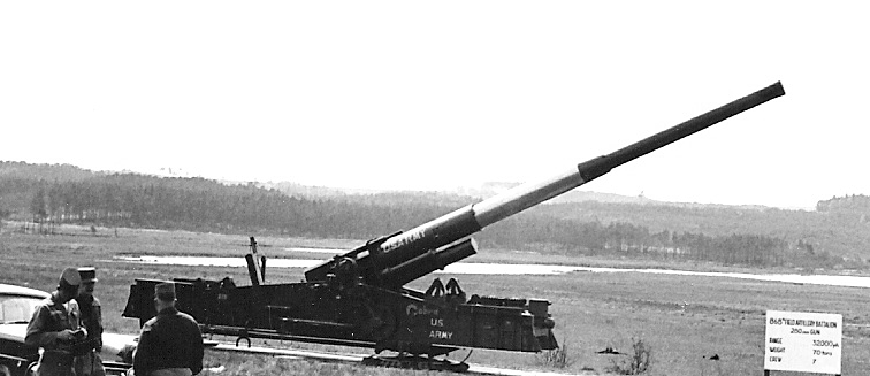
One of the 280mm atomic cannons set up at Camp Polk, La. prior to Exercise Sagebrush. (Robertson Collection)
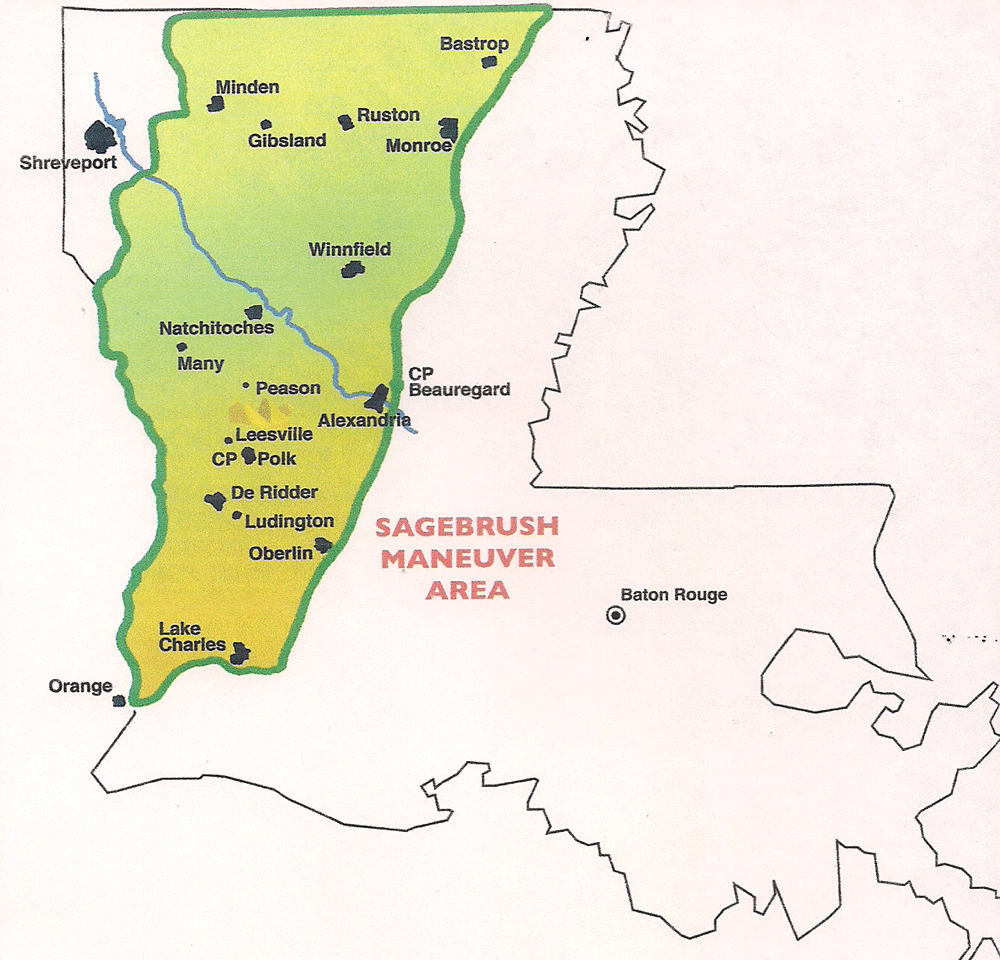
Map showing the area used for Exercise Sagebrush by the U.S. Army in 1955. (Robertson Collection)
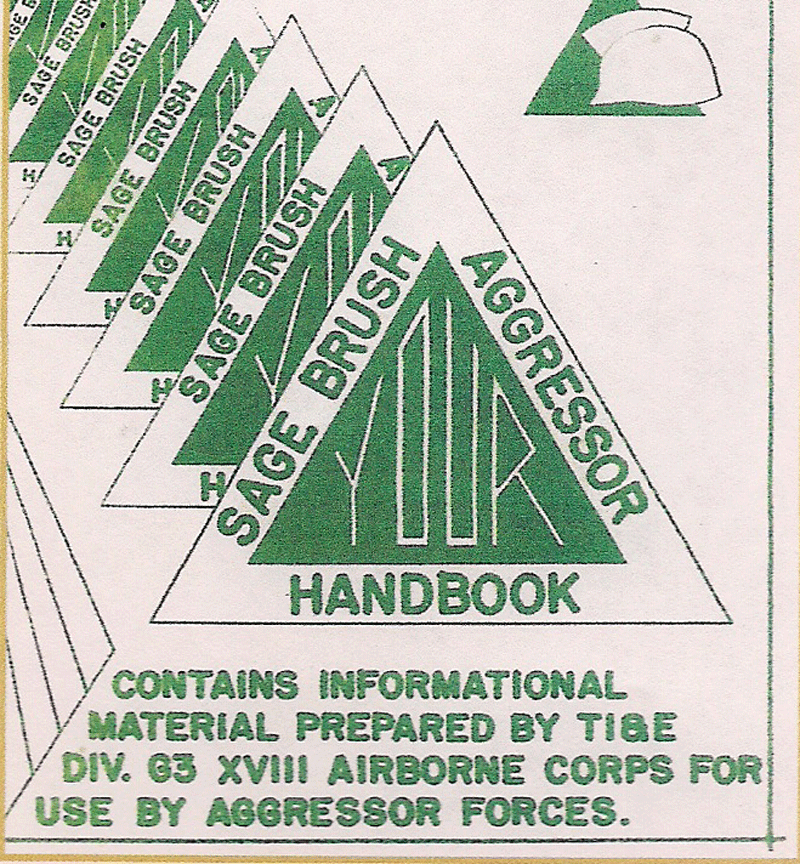
The Aggressor Forces had their own manual on tactics and organization during Exercise Sagebrush. (Robert Collection)
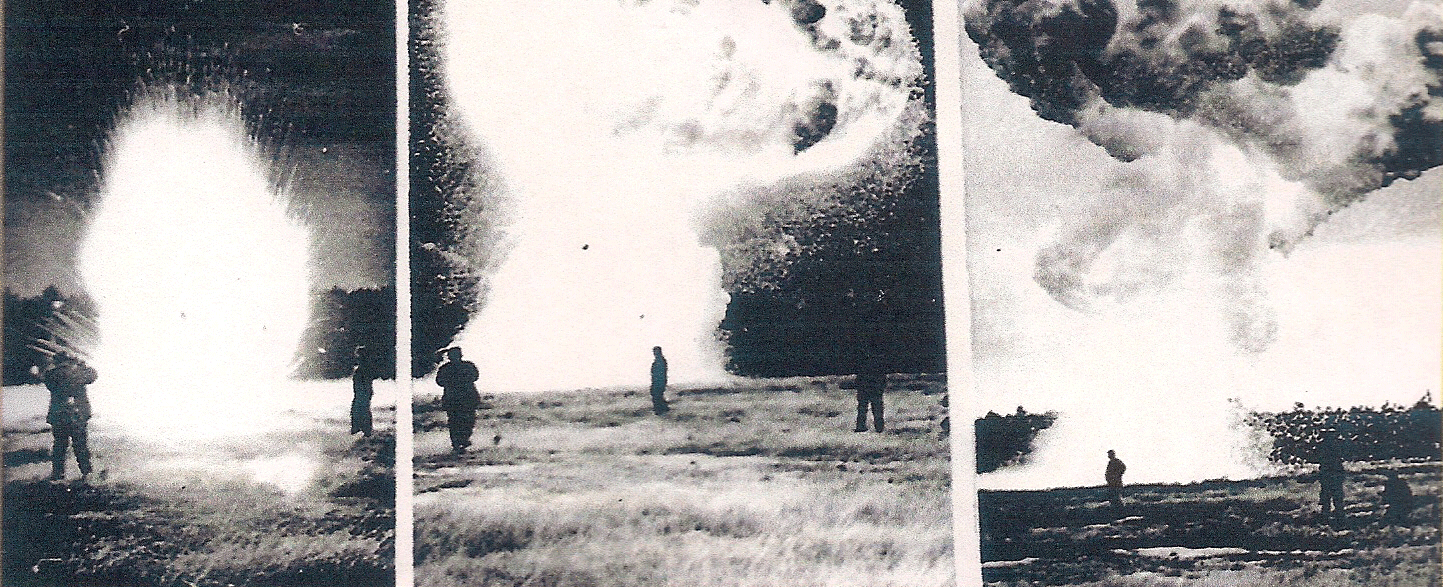
Exercise Sagebrush began with the simulated atomic attack upon Camp Polk. This is the simulated atomic bomb blast that started the exercise. (Robertson Collection)
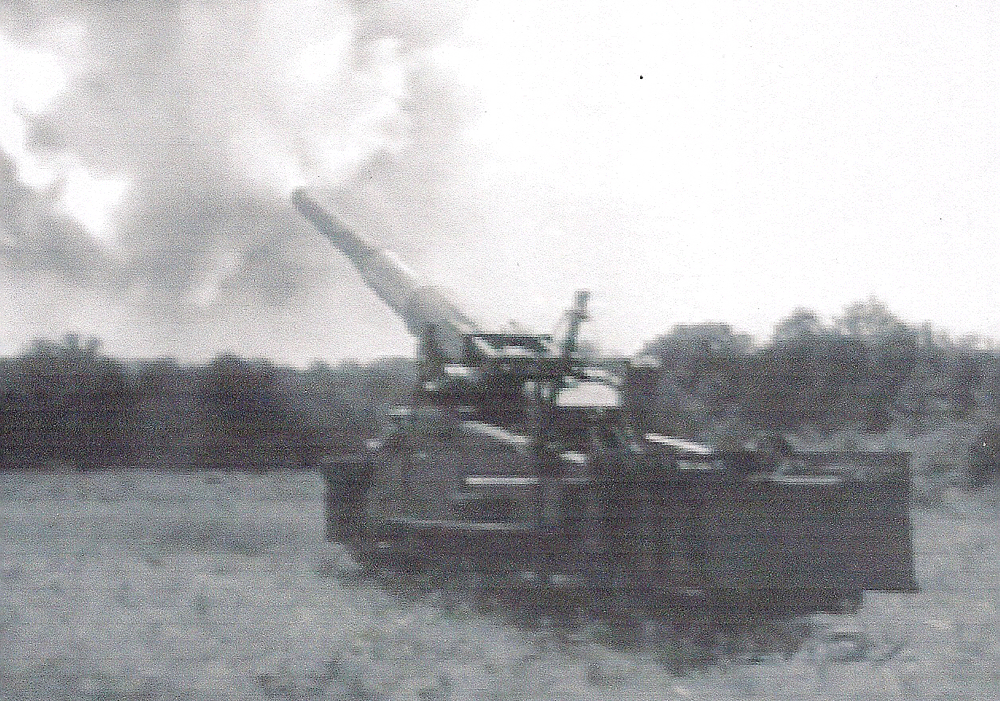
One of the atomic cannons firing during Exercise Sagebrush in 1955 in Louisiana. (Robertson Collection)
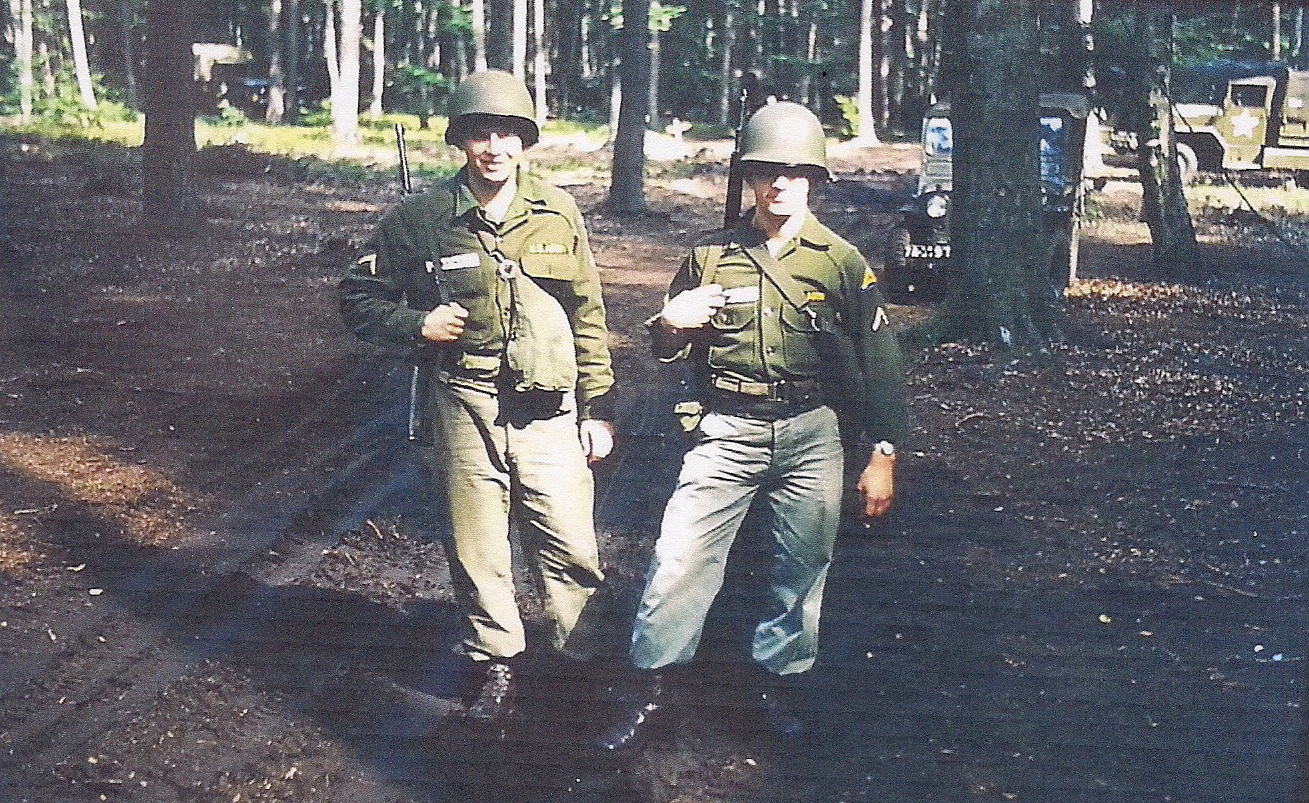
Soldiers guarding one of the locations of the atomic cannons near Peason, La. during Exercise Sagebrush. (Robertson Collection)
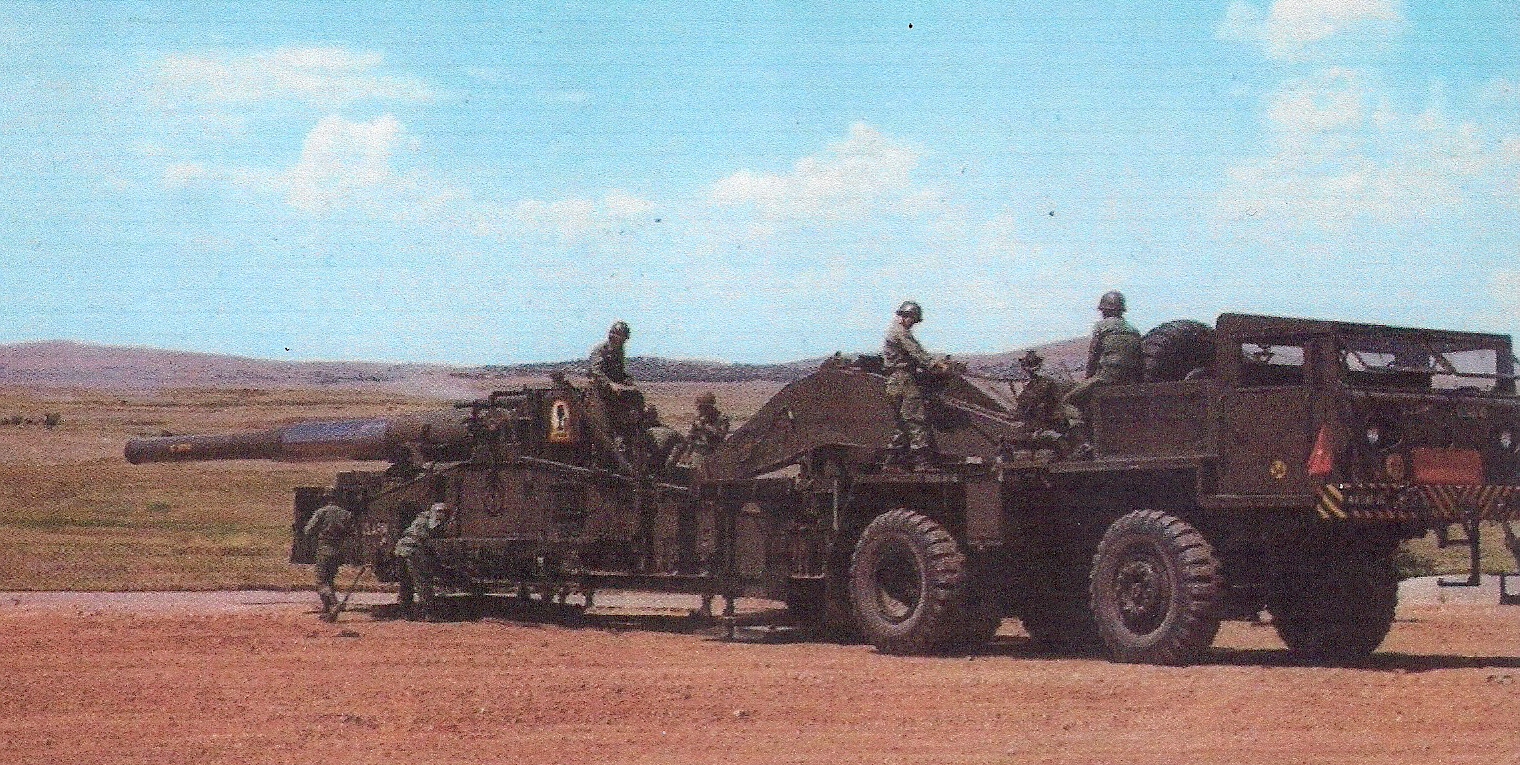
One of the atomic cannons being set up into firing position at Ft. Sill, Ok. (Robertson Collection)